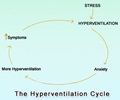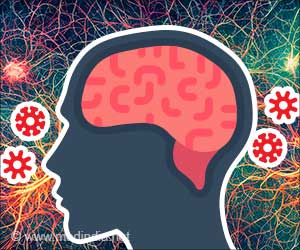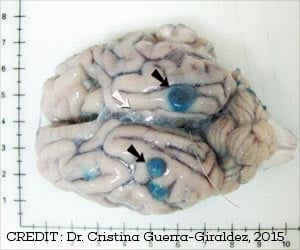Researchers at Emory University claim to have identified a protein that kills brain cells after a stroke or a seizure.
Researchers at Emory University claim to have identified a protein that kills brain cells after a stroke or a seizure.
The study found a protein called asparagine endopeptidase (AEP) that unleashes enzymes that break down DNA of brain cells, leading to brain damage."This was a very surprising result because previously we had no idea that AEP was involved in this process," said Keqiang Ye, senior author an associate professor of pathology and laboratory medicine at Emory.
It is found at its highest levels in the kidney.
Stroke impedes the flow of blood to the brain, and lack of oxygen increases lactic acids, the same chemical that appears in the muscles during intense exercise.
Moreover, a flood of chemicals that brain cells usually use to communicate with each other over-excites the cells. Epileptic seizures can have similar effects.
The team suspected that another class of proteases called caspases was involved in programmed cell death and controlled DNA damage after a stroke.
Advertisement
The findings revealed that PIKE-L sticks to SET, a protein that other scientists had found regulates DNA-eating enzymes involved in programmed cell death. In addition, PIKE-L appears to protect SET from attack by AEP.
Advertisement
"Finding drugs that block AEP may help doctors limit permanent brain damage following strokes or seizures," said Ye.
The study is published in the March 28 issue of the journal Molecular Cell.
Source-ANI
SRM/L











